Teaching Online at William & Mary: An Experiment
Like most college professors, I had to transition abruptly to online teaching in March 2020 because of COVID-19. Until then, I had never Zoomed or taught students online, so this was a big change and not one I welcomed. Over the years, I’ve fully integrated the internet into my courses, regularly used videos and other displays when teaching, and been fully available to students via email and Blackboard. But to actually conduct lectures and lead student discussions? Never did that and didn’t particularly want to start.
Except…when forced into online instruction by the pandemic, I was surprised to find certain positives to teaching this way. And yes, contrary to what many say, I can occasionally admit when I’m wrong.
Online at William & Mary
This spring, I taught a course about the U.S. Congress – two sections, each with 32 students. When we went online, I recorded videos to capture material I would have lectured during in-person classes and placed them on the class Blackboard site. Then, I divided the students into two groups of about 16 each, and held shorter Zoom discussions about the lecture videos and readings during the regularly scheduled class periods. The Zoom sessions lasted half the period (about 40 minutes, instead of the usual hour and twenty minutes) to enable the smaller groups, but combined with the lecture videos the amount of “class time” was basically unchanged.
As part of this course, students also are put in three-person groups and asked to design and produce 30-second video ads for or against an actual candidate for the U.S. House or Senate in the upcoming election. Students generally love the assignment, learn a lot about communications and messaging, and produce nearly professional quality campaign commercials. They get a lot of help from Troy Davis and his superb staff at W&M Libraries’ Reeder Media Center, and the realism of these ads can be a tad frightening. Troy was convinced that the videos could be completed remotely, so we went ahead with it, fingers crossed.
Things actually turned out fine. Indeed, more students participated during the Zoom sessions than when we were meeting in person for the first half of the semester. The quality of their comments and written work was as strong as ever. All of the campaign ads were completed on time and most were great. I convinced some practitioners and academics to guest Zoom with the students in this class and in my senior seminar, and that added a lot. The course evaluations that students fill out? Frankly, they were a little higher than usual.
So, what to make of all this? I’m not claiming that online is better than in-person courses, or even just as good. I would not want to give up physically meeting with students in one of the classroom buildings that dot our beautiful campus. However, there are some positives to online that perhaps can be harnessed as part of the broader W&M experience. Maybe extended lectures should be prerecorded so that students can watch them at their convenience – part of what experts call “flipping” a classroom. Zooming in practitioners and other academics is so much easier and cheaper than bringing folks to campus, enabling us to expose students to more applied and diverse points of view.
Remote Summer Sessions at William & Mary
And what about the summer, when most students are away from campus? Can we use online instruction during the summer months to make the curriculum more flexible and expand the course offerings available to students? Maybe. This summer I am experimenting by teaching two online courses that will combine prerecorded lectures, Zoom discussions, and some Zoom guest speakers. Both are classes I’ve previously offered in person, but may be especially conducive to an online presentation over the summer. In June session, I am teaching a course about the politics of domestic policy making, with emphasis on COVID-19, and in July I am offering game theory and politics. Over the next few months, I’ll blog about how the experiment is going – what works, what doesn’t, and how online instruction might be configured to reflect the liberal arts tradition at W&M.

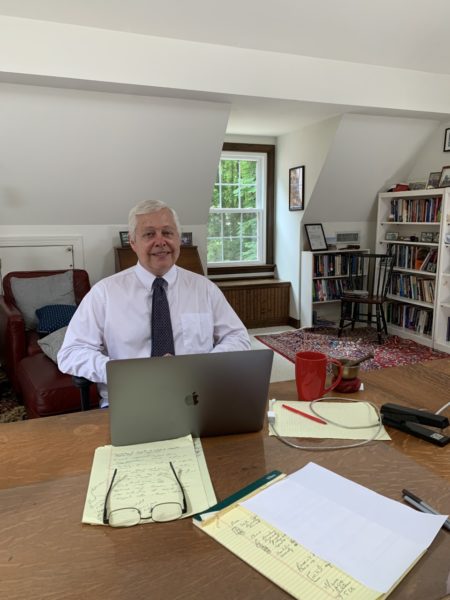
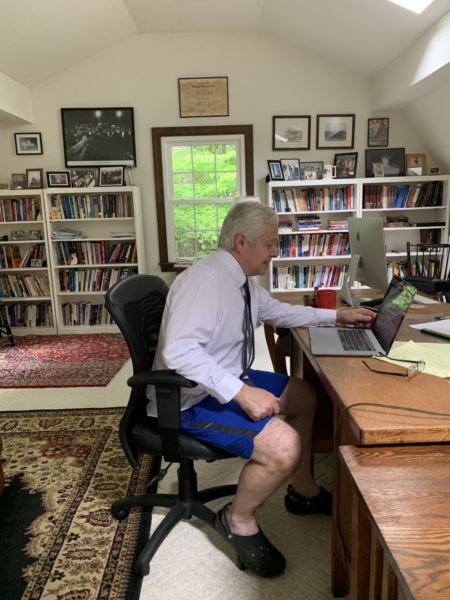
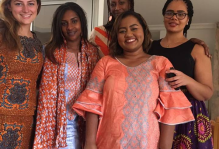
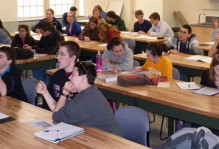
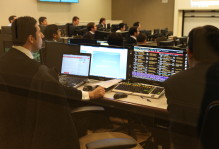
No comments.
Comments are currently closed. Comments are closed on all posts older than one year, and for those in our archive.